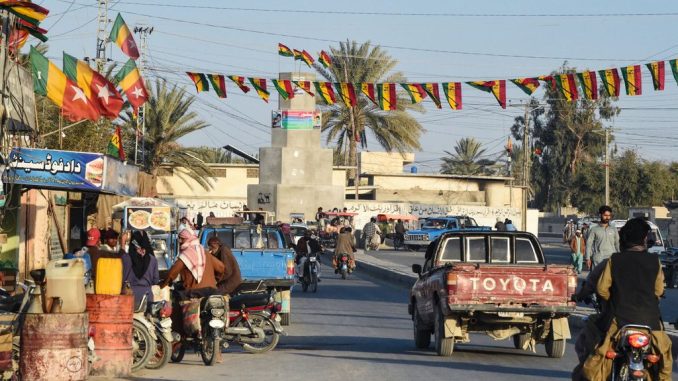
The Incident: An In-depth Perspective
In a shocking development, Pakistan launched airstrikes on neighboring Iran, inflicting substantial casualties. We offer a comprehensive insight into the unfolding events. The Pakistani military executed the airstrikes on Iran, targeting militant organizations. Iranian media reported that several missiles struck a village in the Sistan and Balochistan province adjacent to Pakistan, resulting in nine fatalities as per Iranian authorities. The Pakistani claim includes the use of drones and missiles in the operation.
The Cause: An Understanding of Rising Tensions
Both nations accuse the other of sheltering militant factions. According to Pakistani military, the strikes were aimed at terrorist bases within Iranian borders. It is important to bear in mind that these actions are not without precedence – Iran had launched an attack on Pakistani territory just this past Tuesday. Pakistan openly expressed that it had repeatedly alerted Iran about the presence of terror cells. The Pakistani Foreign Ministry stated, “Pakistan has provided concrete evidence of the presence and activities of these terrorists”. However, according to Pakistan, Iran has made no effort to address these issues, thus escalating tensions. Interestingly, similar allegations are made by Iran against Pakistan. Analyst at the Pakistan Institute for Conflict and Security Studies, Abdullah Khan, indicated that “The government and the military were under enormous pressure”. Further elaborating, “The Iranian attacks were celebrated in the media and the image among Pakistanis of a strong army is no longer what it was. There had to be a response.”
The History: Taking A Look Back
The border region between Pakistan and Iran has been a hotbed for insurgent activities for over two decades. However, the insurgent groups involved differ. Iran attacked two bases of the Sunni separatist group Jaish al-Adl, whereas Pakistan focused its attacks on the Balochistan Liberation Army and the Baluchistan Liberation Front that allegedly operate from Iranian territory. These groups, devoid of any religious affiliations fight for secession of the Balochistan region. They are deemed as terrorist organizations by Pakistan, the US, and the EU.
Geographical Context: Understanding the Terrain
Iran and Pakistan share a border spanning 900 kilometers. This largely lawless and deprived region facilitates easy crossing for smugglers and militants and plays a monumental role in the global opium trade from Afghanistan.
Reactions: An Evaluation of Outcomes
Despite the tensions, Pakistan reaffirms that it “fully endorses” Iran’s territorial integrity and sovereignty with the sole objective of ensuring its national security and interests. Looking towards the world at large, China has urged both nations to maintain peace and Turkey communicated with the parties involved to avoid further escalation. The Pakistani army is reported to be on “very high alert”, cautioning against any new actions from Iranian side. Both nations are wrestling with their own internal issues, further escalating tensions.
In Conclusion
In such a volatile landscape, maintaining peace and stability can often prove challenging. This recent incident paints a vivid picture of the strains between nations against the backdrop of terrorism.

Be the first to comment